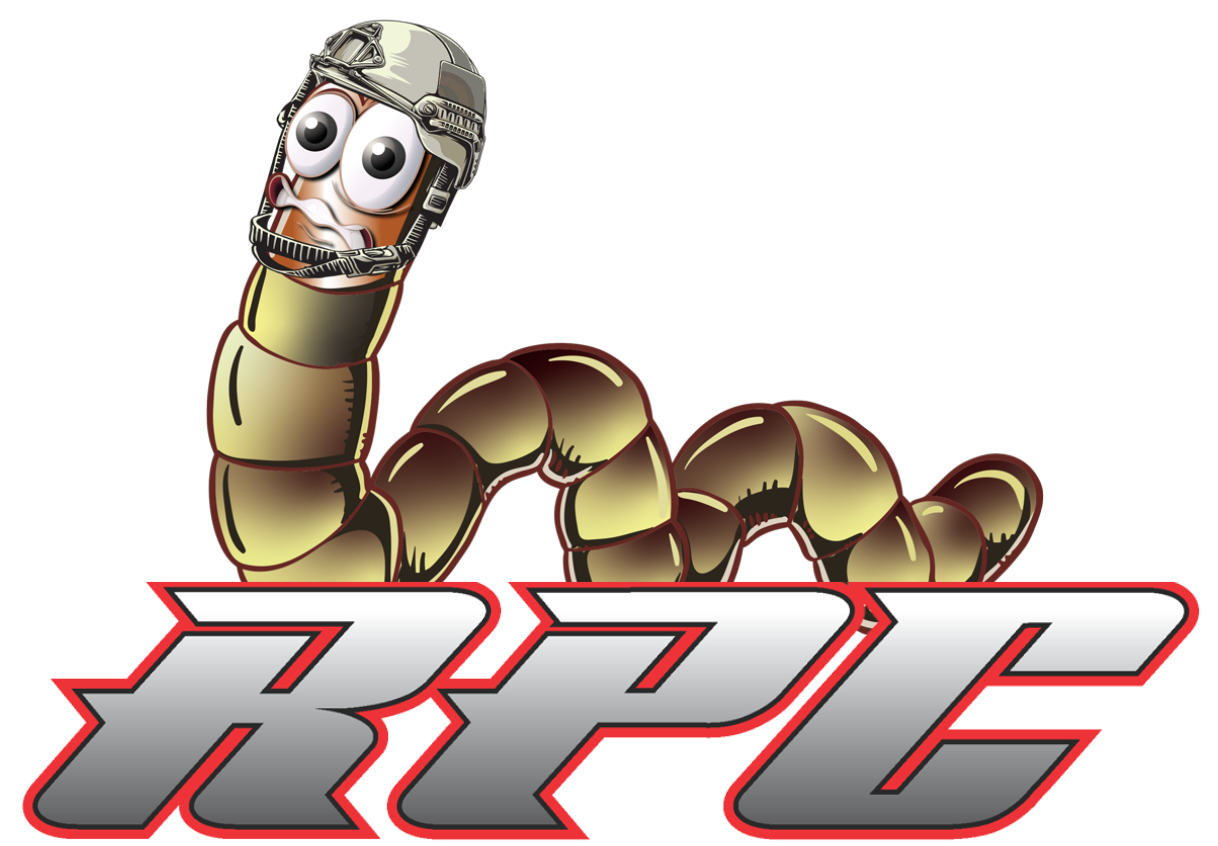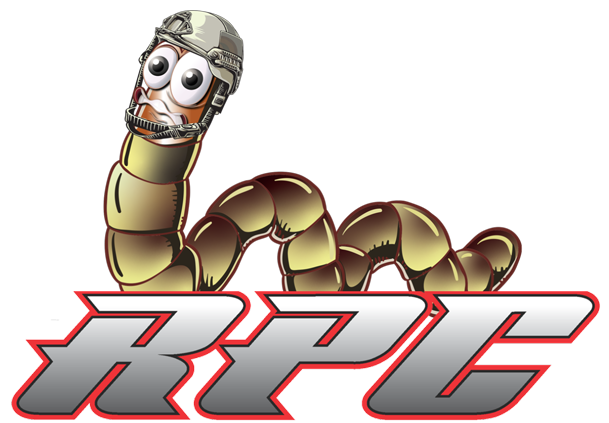Spiders have a reputation that often outweighs the threat they pose, but that doesn’t mean they’re welcome guests. While many species are harmless and even helpful in reducing other insect populations, that’s small comfort when you find one crawling across your wall—or worse, dropping from the ceiling. The truth is, when their populations grow too large or start showing up inside the home, they become a real nuisance.
Spiders don’t invade homes by accident. They follow the trail of food—mainly other insects—which means their presence can be a sign of other pest issues already developing indoors. You might notice more activity during seasonal transitions or after rainstorms, when they seek out dry, undisturbed places like attics, basements, and crawl spaces. And if your home has plenty of dark corners, clutter, or cracks near the foundation, you’re basically rolling out the welcome mat for them.
Some spiders produce unsightly webs in every corner of the room, while others prefer to hide in boxes, closets, or the back of kitchen cabinets. Whether they’re weaving intricate webs or silently stalking their prey, their presence often leaves homeowners feeling uneasy—and rightly so, especially when it’s unclear which species are just passing through and which could pose health risks through bites or allergic reactions.
When The Invaders Stop Being Background Guests
What starts as the occasional sighting can quickly turn into a problem that’s tough to control. A few unnoticed egg sacs can result in dozens, sometimes hundreds, of tiny spiders spreading across your home. And since some of the more elusive species prefer to keep to themselves, it might be a while before you realize just how many have taken up residence behind the scenes.
Spiders are adaptive. They find their way into wall voids, ceilings, vents, and even behind appliances. They're patient hunters and don't need much to survive. Unfortunately, this resilience means do-it-yourself solutions often fall short. Sticky traps might catch a few stragglers, but they won’t get to the root of the issue. Store-bought sprays, while tempting, often miss key hiding spots and don't impact future generations that haven’t hatched yet.
And it’s not just about numbers. The presence of venomous species like brown recluses or widow spiders—even if uncommon in this region—raises the stakes. A bite can lead to skin irritation, swelling, or worse, especially for those with sensitivities or compromised immune systems. That uncertainty keeps homeowners on edge. You might start avoiding certain rooms or feel uncomfortable walking barefoot in your own house.
Why Professional Intervention Makes A Difference
Managing infestations effectively takes more than a quick spray and a broom. A professional approach focuses on the source—both the spiders and what’s attracting them. That includes identifying nesting zones, tracking down entry points, and understanding what species you’re dealing with. The treatment that works for cellar spiders won’t be effective for huntsman spiders, and strategies need to be adapted depending on where they’re hiding and how they’re reproducing.
Professionals know how to balance control methods that disrupt the pest population without doing the same to your life. That could include treating crawlspaces, garages, attic voids, and any other places that aren’t easily accessible. More importantly, spider control is never a one-and-done task. Ongoing maintenance, paired with targeted treatments, is the best way to keep infestations from flaring back up weeks or months down the line.
And let’s be honest—no one wants to deal with spider issues over and over again. A solid pest control plan means you're not just reacting to the ones you see, you're preventing the ones you don’t. That peace of mind is worth a lot when you can walk into your basement or open a cabinet without flinching.
Tailoring Solutions For Your Home
In places like Central Florida, the climate creates a prime environment for insect activity nearly year-round, which unfortunately makes it just as inviting for spiders. Humidity, warmth, and frequent storms create the perfect combination of indoor refuge-seeking behavior. Many homes in the area are built with crawlspaces or have gaps in outdoor siding, which gives spiders ample opportunity to sneak inside and settle in.
Local spider control isn't just about sweeping away webs. It’s about knowing how regional weather patterns and construction quirks influence their movement and reproduction. Different times of year call for different strategies. For example, treatments during late summer might focus on preventing late-season egg laying, while spring treatments often zero in on the species that are emerging from hiding to hunt.
Because homes and buildings around here face a unique set of pest pressures, one-size-fits-all doesn’t cut it. Effective pest management comes from tailoring the service to your structure, your habits, and the local environment. That could mean sealing off cracks in concrete foundations, installing door sweeps, or even modifying outdoor lighting that attracts prey.
Spiders may be a part of the natural world, but that doesn’t mean you should have to share your living space with them. Whether you’re seeing webs pop up in the same corner week after week or you’re just tired of chasing down leggy intruders, it’s time to get a handle on the issue. At Robins Pest Control, we offer pest control that’s rooted in practical knowledge and real solutions—not temporary fixes. Contact us today to schedule service or ask us any questions you may have. We’re here to help you understand what’s crawling around and what can be done about it.
Frequently Asked Questions About Spiders
Q1. Why do I keep finding spiders in my home, even if I rarely see any other pests?
A1. Spiders aren’t necessarily a sign of a dirty or pest-infested home—they're opportunistic hunters that follow the food. If you're seeing more spiders, it likely means your home is harboring other small insects they prey on, such as flies, ants, or even the occasional cockroach. Spiders are also drawn to undisturbed areas like basements, attics, and cluttered storage spaces. Removing their food source is essential, but professional spider control also focuses on eliminating egg sacs, web structures, and entry points to help stop the cycle before it starts.
Q2. Are all spiders dangerous, or should I only be concerned about certain species?
A2. While most spiders are harmless and actually beneficial for keeping insect populations down, there are a few you should be cautious about—particularly species like the black widow and brown recluse. Their venom can cause significant medical issues, especially for young children, the elderly, or pets. A trained pest control technician can identify the types of spiders present and apply safe, targeted treatments to eliminate both the dangerous and nuisance species. This is especially important if you're finding webs in areas like shoes, closets, or bedding.
Q3. Can I get rid of spiders permanently with a one-time treatment, or is ongoing service needed?
A3. A one-time treatment may reduce spider activity temporarily, but long-term control typically requires ongoing service. That’s because spiders can re-enter your home through cracks, poorly sealed windows, and even vents. In addition, if you still have other insects in the home, spiders will keep coming back for the buffet. Routine pest control not only keeps spiders away but also addresses the root of the problem—eliminating the pests they feed on, including ants, flies, and yes, the occasional cockroach or two.


